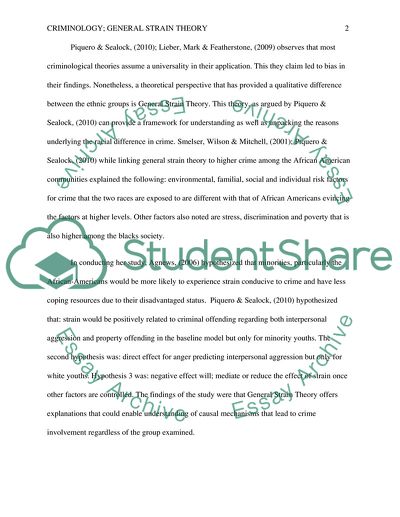Cite this document
(“Criminology: General Strain Theory Essay Example | Topics and Well Written Essays - 1000 words”, n.d.)
Retrieved from https://studentshare.org/sociology/1701437-criminology-general-strain-theory
Retrieved from https://studentshare.org/sociology/1701437-criminology-general-strain-theory
(Criminology: General Strain Theory Essay Example | Topics and Well Written Essays - 1000 Words)
https://studentshare.org/sociology/1701437-criminology-general-strain-theory.
https://studentshare.org/sociology/1701437-criminology-general-strain-theory.
“Criminology: General Strain Theory Essay Example | Topics and Well Written Essays - 1000 Words”, n.d. https://studentshare.org/sociology/1701437-criminology-general-strain-theory.


